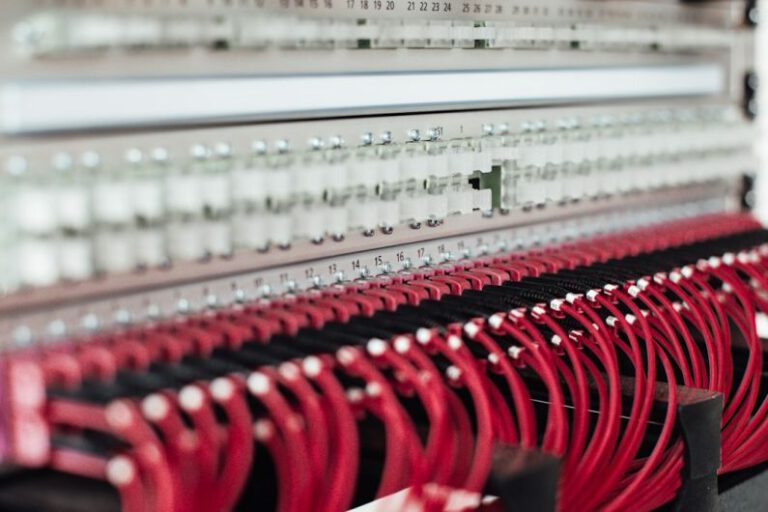Undersea Farming: the Future of Sustainable Aquaculture
The world’s oceans cover over 70% of the Earth’s surface, providing a vast and largely untapped resource for food production. As the global population continues to grow, the demand for seafood is increasing at a rapid pace. Traditional aquaculture practices have been under scrutiny for their environmental impact, leading to the exploration of new methods that prioritize sustainability. Undersea farming is emerging as a promising solution to meet the growing demand for seafood while minimizing the negative effects on the environment.
Harnessing the Depths
Undersea farming involves cultivating marine species in submerged structures located in the open ocean. By utilizing the natural resources of the ocean, such as nutrient-rich waters and ample space, undersea farms offer a sustainable alternative to traditional aquaculture practices. These farms can be positioned at varying depths, allowing for the cultivation of different species that thrive in specific environments.
Enhancing Biodiversity
One of the key advantages of undersea farming is its potential to enhance biodiversity in marine ecosystems. By creating artificial habitats, undersea farms attract a variety of marine species, leading to increased biodiversity in the surrounding areas. This not only benefits the ecosystem but also provides opportunities for eco-tourism and scientific research.
Reducing Environmental Impact
Compared to traditional aquaculture practices, undersea farming has a lower environmental impact. By dispersing the farming operations in the open ocean, undersea farms reduce the concentration of waste and chemicals that can harm marine ecosystems. Additionally, the natural filtration processes of the ocean help maintain water quality, minimizing the need for artificial interventions.
Promoting Sustainable Practices
Undersea farming promotes sustainable practices by utilizing the natural resources of the ocean in an efficient manner. The design of undersea farms takes into account factors such as water flow, sunlight exposure, and nutrient distribution to create optimal conditions for marine cultivation. By integrating technology and innovation, undersea farms can maximize production while minimizing resource inputs and waste outputs.
Addressing Food Security
As the global population continues to grow, ensuring food security is a critical challenge. Undersea farming offers a sustainable solution to meet the increasing demand for seafood and reduce pressure on wild fish stocks. By diversifying the sources of seafood production, undersea farming contributes to food security by providing a reliable and resilient supply of marine products.
Embracing Innovation
Undersea farming represents a new frontier in aquaculture, combining traditional farming practices with innovative technologies. From underwater drones for monitoring and maintenance to automated feeding systems, undersea farms are at the forefront of technological advancements in the industry. By embracing innovation, undersea farming is poised to revolutionize the way we produce seafood in a sustainable and efficient manner.
Embracing the Future
In conclusion, undersea farming holds great promise as the future of sustainable aquaculture. By harnessing the vast resources of the ocean in an environmentally responsible manner, undersea farms offer a viable solution to meet the growing demand for seafood while preserving marine ecosystems. With ongoing research and advancements in technology, undersea farming is set to play a significant role in ensuring food security and promoting sustainable practices in the aquaculture industry.






